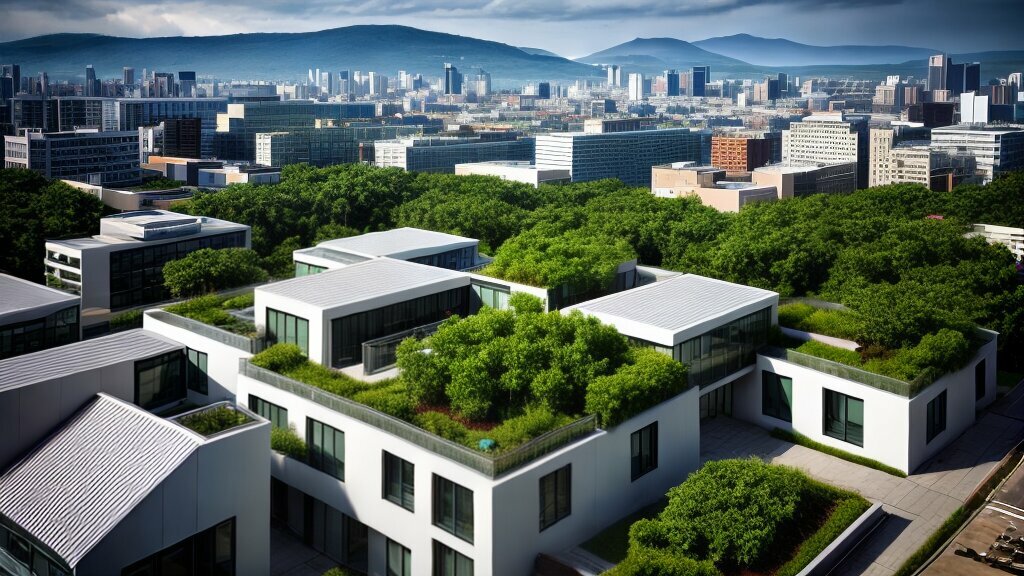As cities grow and urbanization accelerates, the demand for sustainable landscaping solutions is more vital than ever, especially in environmentally aware regions. Thoughtfully designed sustainable landscapes not only elevate a community’s visual charm but also strengthen its ecological resilience and health. This guide delves into the core principles of sustainable landscaping and offers insights on how to create greener, more environmentally conscious communities.
The Principles of Sustainable Landscaping
Conservation of Resources
Sustainable landscaping emphasizes reducing reliance on non-renewable resources while extending the lifespan of materials. It incorporates practices such as planting native species that require minimal water and upkeep, adopting organic gardening methods, and using rainwater harvesting systems to decrease dependence on municipal water sources.
Enhancing Biodiversity
A diverse landscape is more resilient and better able to withstand pests and diseases. By incorporating a variety of native plants, sustainable landscape services in the Bay Area can create habitats that support local wildlife, including pollinators such as bees and butterflies, which are crucial for maintaining the health of any ecosystem.
Reducing Pollution
Sustainable landscaping techniques play a vital role in minimizing air, water, and soil pollution. By incorporating non-toxic pest control, organic fertilizers, and strategies to curb stormwater runoff—often responsible for carrying pollutants into local waterways—these practices promote a healthier and more environmentally friendly approach to landscaping.
Implementing Sustainable Practices
Soil Management
Healthy soil forms the cornerstone of any sustainable landscape. Practices like composting and applying organic mulches enhance soil quality while offering additional benefits such as improved moisture retention and natural weed suppression. These techniques minimize the reliance on chemical herbicides, promoting a more eco-friendly approach to land management.
Water Efficiency
Using drought-resistant plants and efficient irrigation systems is essential for minimizing water usage in landscaping. Technologies like drip irrigation and smart irrigation controllers provide effective solutions, empowering residents to manage water consumption with greater precision and ease.
Energy Efficiency
Strategically planting trees and shrubs can greatly cut energy use in buildings by offering shade during summer and shielding against winter winds. This natural approach to temperature control reduces reliance on artificial heating and cooling systems, leading to significant energy conservation.
Sustainable Landscape Design Strategies
Use of Permeable Pavements
Permeable pavements are designed to let water seep into the ground, helping to reduce runoff and enhance water quality. This innovation is especially valuable in urban environments, where conventional concrete and asphalt surfaces often lead to increased water pollution and flooding.
Green Roofs and Walls
Green roofs and living walls offer innovative ways to enhance urban spaces while delivering a host of environmental benefits. Beyond their aesthetic appeal, they provide insulation, combat the urban heat island effect, and foster biodiversity. These sustainable features are particularly valuable in dense city environments, where ground-level green spaces are often limited, making them a smart and impactful addition to modern landscape design.
Xeriscaping
Xeriscaping is a landscaping approach designed to minimize or entirely eliminate the need for supplemental irrigation. This method is particularly valuable in regions where water conservation is crucial due to recurring droughts.
Community Benefits and Engagement
Enhancing Community Well-Being
Sustainable landscapes create vibrant community spaces that are both visually stunning and deeply rejuvenating. These areas serve as sanctuaries where residents can connect with nature, unwind, and recharge, fostering improved mental and physical well-being.
Educational Opportunities
Sustainable landscapes act as dynamic, living classrooms, offering communities the opportunity to learn about environmental stewardship and eco-friendly practices. Through workshops and guided tours, residents gain valuable knowledge and inspiration to implement sustainable techniques in their own gardens and homes, fostering a deeper connection to the environment.
Economic Benefits
Sustainable landscapes not only lower costs through energy and water conservation but also boost property values. Thoughtfully designed green spaces enhance the appeal of communities, attracting prospective homeowners and businesses while driving local economic growth.
Conclusion
Embracing sustainable landscaping is about more than improving a community’s aesthetics—it’s a commitment to environmental stewardship. With intentional design and mindful management, sustainable landscaping can turn urban areas into vibrant ecosystems that support both the environment and the people who inhabit it.

